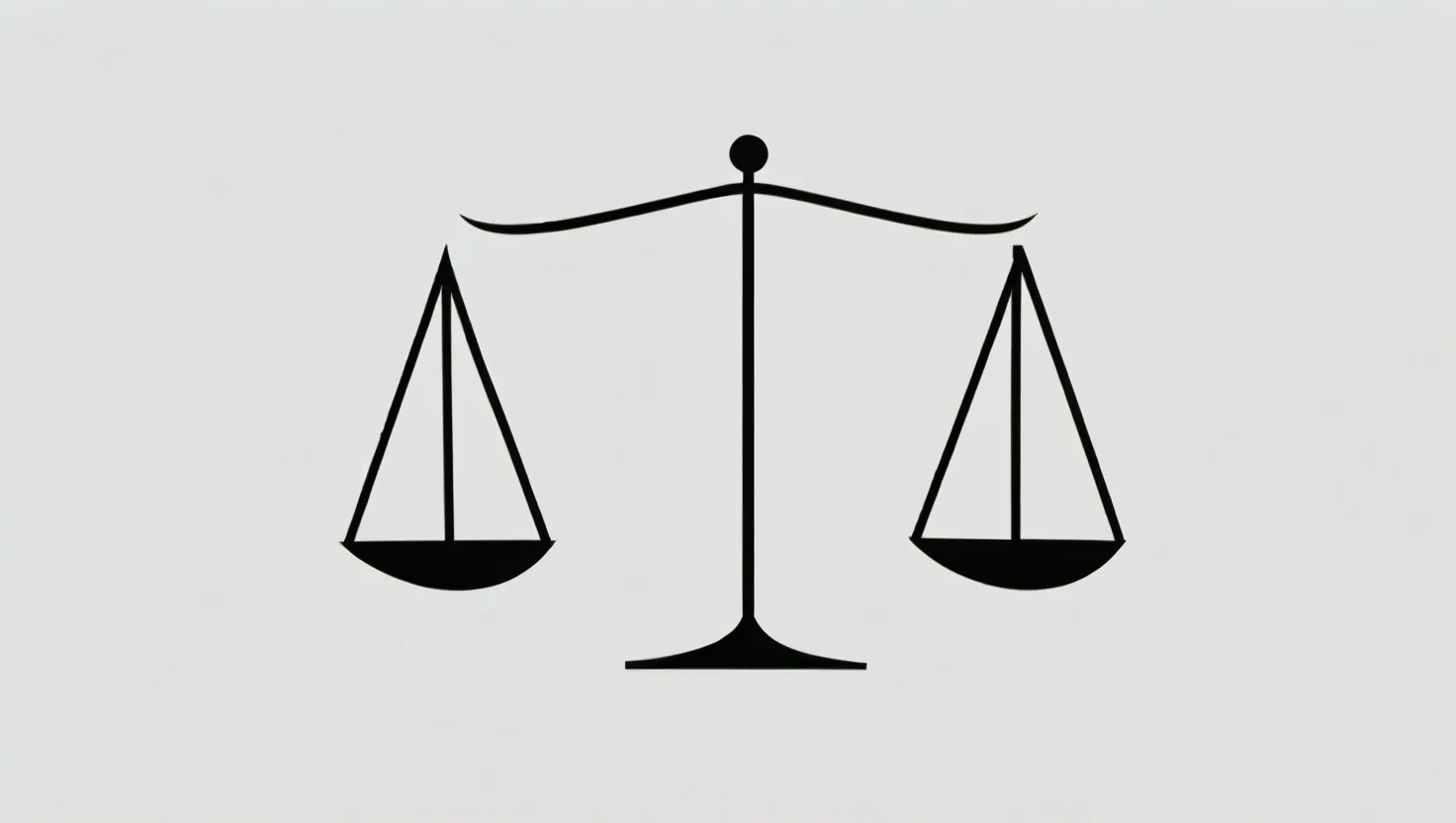A home equity line of credit, or HELOC, is a pretty cool financial tool that lets homeowners tap into their home’s equity. It’s kinda like having a credit card, but instead of relying just on your credit score, it’s backed by the value of your house. You get to borrow money as you need, up to a set limit, and only pay interest on what you borrow. This flexibility can be a game-changer when you’re dealing with big expenses like home improvements or surprise medical bills.
Imagine a HELOC as a financial backup plan. Picture it like having access to a stash of cash just in case, but instead of hoarding bills under your mattress, you’re using the value built up in your home. The way it works is pretty straightforward. There’s something called a draw period, which usually lasts about 10 years. During this time, you can withdraw money as needed and you only have to pay interest on what you’ve borrowed. After the draw period, you enter the repayment phase, which can stretch up to 20 years, and that’s when you start paying back both the principal and the interest.
How much you can borrow depends on the value of your home and how much you still owe on your primary mortgage. Most lenders would let you borrow up to about 85% of your home’s value minus what you owe. So, let’s say your home is valued at $300,000 and you still owe $150,000 on your mortgage. In this scenario, you might be able to borrow up to $127,500. It’s like getting access to a sizeable chunk of money that you can use for whatever you need.
Interest rates on HELOCs are typically variable, so they can go up or down depending on the market. This means your monthly payments might change over time. However, some lenders might allow you to convert part of your balance to a fixed rate, giving you more predictability with your payments.
Qualifying for a HELOC isn’t just a walk in the park. Lenders will look at various factors like your credit score, employment history, monthly income, and your debt-to-income ratio. You usually need a decent credit score, typically above 620, and a good handle on your debts to get the green light. Be ready to show all the necessary documents about your home and finances during the application process.
HELOCs are super versatile. Got a leaky roof or a kitchen that screams ‘80s? HELOCs are often used for home improvements because you can withdraw funds as you need them. But you’re not limited to just home renovations. You could use the funds to consolidate high-interest debts or even cover unexpected medical bills. It’s really up to you.
Of course, tapping into your home’s equity isn’t without risks. Because your home is collateral, failing to make payments could result in foreclosure. It’s immensely important to have a solid repayment plan. Take a thorough look at your finances and make sure this is the right move for you before jumping in.
Getting a HELOC is somewhat like applying for a mortgage. You’ll need to gather a bunch of documents about your home and your finances, apply to multiple lenders to compare offers, and eventually close on the loan. Comparing rates, fees, and terms from different lenders can help you snag the best deal.
Beyond interest, HELOCs can come with various fees. You might need to pony up for application fees, annual fees, or even early closure fees. However, some lenders might not charge these, so it’s wise to read the fine print and understand all the terms before you sign anything.
You might also enjoy a tax perk with a HELOC. If you use the money for home improvements, the interest you pay could be tax-deductible. But tax laws can be tricky and they change often, so chatting with a tax advisor is a good idea to navigate those waters.
Keep in mind that applying for a HELOC will result in a hard credit check, which can knock down your credit score a bit temporarily. But if you manage your HELOC smartly, making timely payments and not maxing out your credit limit, it can give your credit score a nice boost in the long run.
If you’re considering a HELOC, it’s also worth checking out other financial options like home equity loans and cash-out refinances. Home equity loans offer a lump sum with a fixed interest rate, while cash-out refinances involve getting a new mortgage that includes the equity you’re borrowing. Each comes with its own set of benefits and terms, so measuring these options against your financial needs is essential.
In a nutshell, a HELOC is a handy tool that lets homeowners leverage their home’s equity for various expenses. It offers flexibility and potentially lower interest rates. But with this power comes responsibility. You need to have a solid understanding of the risks involved and a concrete repayment plan. Manage your HELOC wisely, and it can help you reach your financial goals without the stress.






